6 song sequences from Devdas that tell stories on their own
On its 20th anniversary, here is looking at 6 of the most stunning song sequences from Devdas, which tell stories of their own.
July 12, 2022 16:55 IST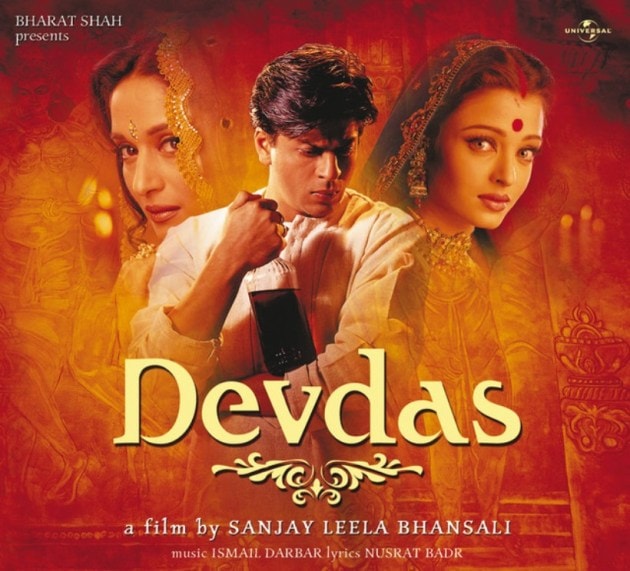 1 / 7
1 / 7The Devdas soundtrack is rightfully regarded as Ismail Darbar's crowning glory. Taking close to two years to complete this album had eight original compositions by Darbar and one original composition by Birju Maharaj. But today as we sit down to look at the twenty year legacy of the film, there is no denying that the thunderously recorded and gorgeously shot song sequences are quite literally narratives in their own right. (Photo: Movie Poster)
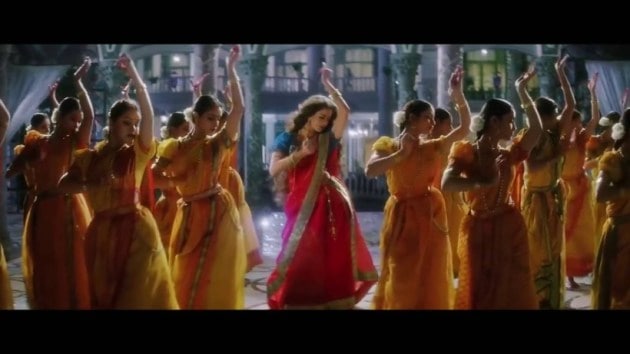 2 / 7
2 / 7Silsila Yeh Chahat Ka: The background dancers in this song were specially recruited from Rukmini Devi Arundale's Kalakshetra Foundation in Chennai. The song introduced Paro's lamp - a symbol of her eternal and undying love for Devdas, whose return she has been waiting for years. This song with a rhythm that literally resembles a heartbeat, perfectly encapsulated Paro's yearning for her lover while also establishing her as a force of nature to reckon with. Her declaration of love quite literally plays out against the backdrop of a raging storm and rains which despite all the odds fail to dampen the fire of her hope. (Photo: Movie Still)
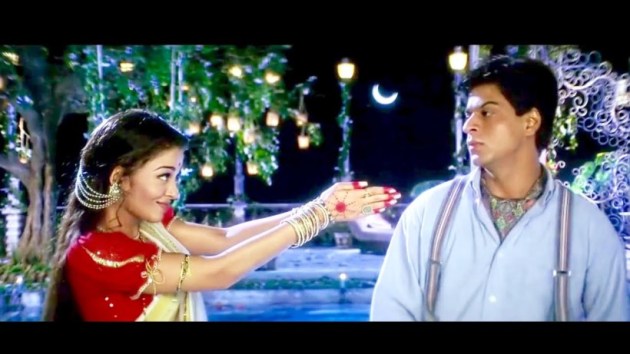 3 / 7
3 / 7Bairi Piya: This widely lauded number by Shreya Ghoshal (who recorded it in a single take at the age of 16), is filmed entirely on Aishwarya Rai and Shah Rukh Khan by the lake and under the moonlight. The song, which details the story of a cruel lover is a masterclass in visual seduction that has just the right hint of S&M. Although the film never actively enters the territory of sex, this song sequence more than made up for the sexual energy between the leads - whose love story, in truth was actually an interrogation of power dynamics. (Photo: Movie Still)
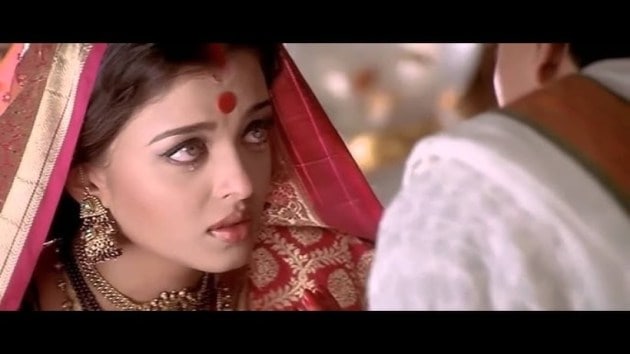 4 / 7
4 / 7Humesha Tum Ko Chaha: Devdas' cruelty towards Paro, and Bhansali's milking of the same imbues the film with disturbing dynamics in what is otherwise considered a largely sanitised depiction of obsessive love. This sequence primarily follows the marriage of Paro, after Devdas wounds her on the forehead with a pearl necklace. Despite her decision to get married, Paro remembers to unflinchingly take Devdas' blessings before mounting her palki and departing for her in-laws - the iconic diya in her hand. Of all the songs in the film, this is the only track that best captures the idea of a reluctant separation - the lyrics with their "o pritam" choral reprise only adding to the pathos of the opulent sequence. (Photo: Movie Still)
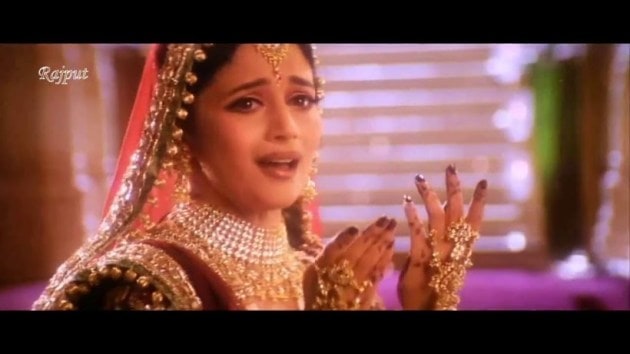 5 / 7
5 / 7Kahe Ched Mohe: In this song, which finally introduces us to the character of Chandramukhi, we see her dance while being resplendent in a wine red ensemble (the colour of passion). But the song is not just about her alone. It looks at her in relation to Devdas before it lets us make an opinion about her character. Before we see her as an individual entity in the subsequent scenes, we are expected to see her through the lens of an outsider. The edits are choppy yet retain an elusive fluidity to themselves, rapidly shifting perspectives (come to think of it the music does the same with the song giving way to passages of kathak bols) before finally allowing us to submerge ourselves - not in the world of Devdas but in that of Chandramukhi. (Photo: Movie Still)
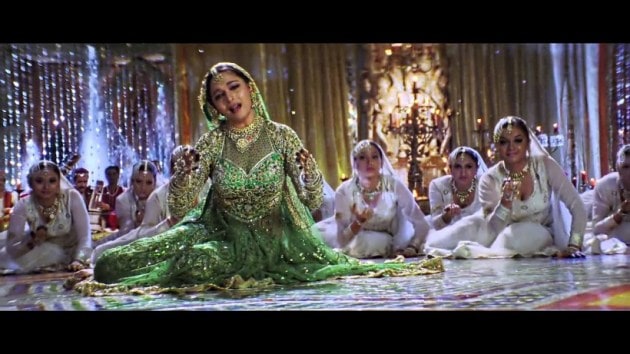 6 / 7
6 / 7Maar Daala: If Kaahe Ched Mohe has Devdas skirting the no-return world of Chandramukhi, Maar Daala has her challenging him to resist getting sucked into the same. If the former was an outsider hesitating to step in, this was a narrative of the insider urging the outsider to step in. Dressed in green, the very colour of green, this song elevated the seductress to the status of a beloved - ready to die in her all-consuming love. Dixit was gorgeous in this sequence which will go down as one of the best dance performances of her career. (Photo: Movie Still)
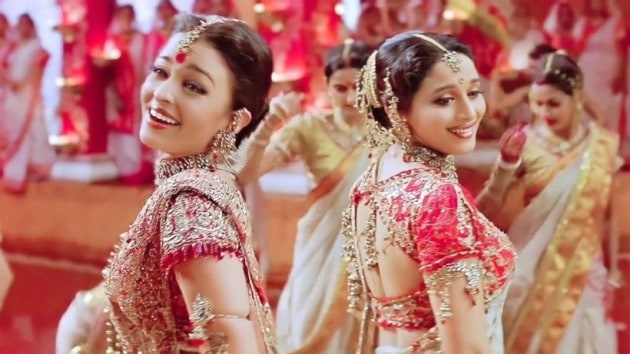 7 / 7
7 / 7Dola Re Dola: Bhansali loves the idea of two warring women coming together. Here, he not only made them exchange sparring words but also, quite literally, dance. This song was one of the best duets of the entire music album. As Rai and Dixit danced to this coquettish number, the camera swirled all over the courtyard of the mansion - with carefully designed floorboards and decadent chandeliers around. Due to the huge amount of glass props involved on the sets of the film, special precautions were taken to ensure none of the lead actors were injured. (Photo: Movie Still)











